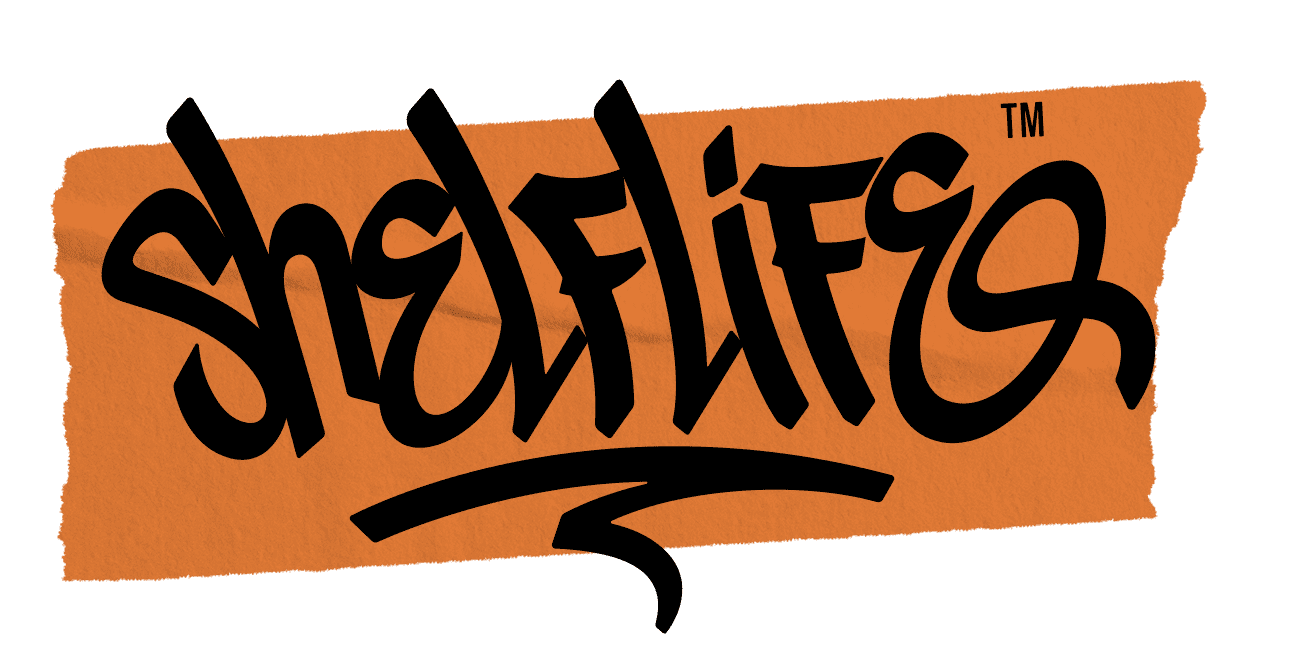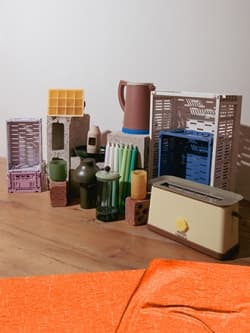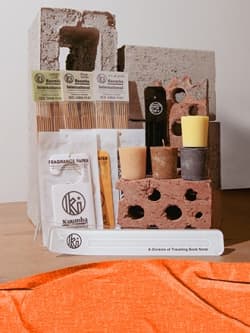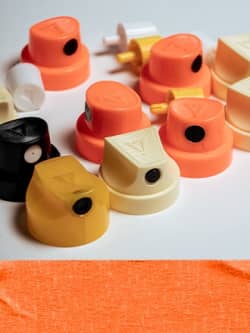Spot a Fake Friday with goVerify

Our Fake Fridays series made a return in 2022 to keep these streets safe and combat these scams and fakes. While we cover red flags to look out for when buying from a seller or "store" online, we have never taken an in-depth look at how to determine a pair is fake when you get them in hand.
We've partnered with goVerify, an authority in the industry, to highlight their service of professional guides - showing you what to look for and what to avoid when pulling the trigger in the crazy world of sneaker reselling.
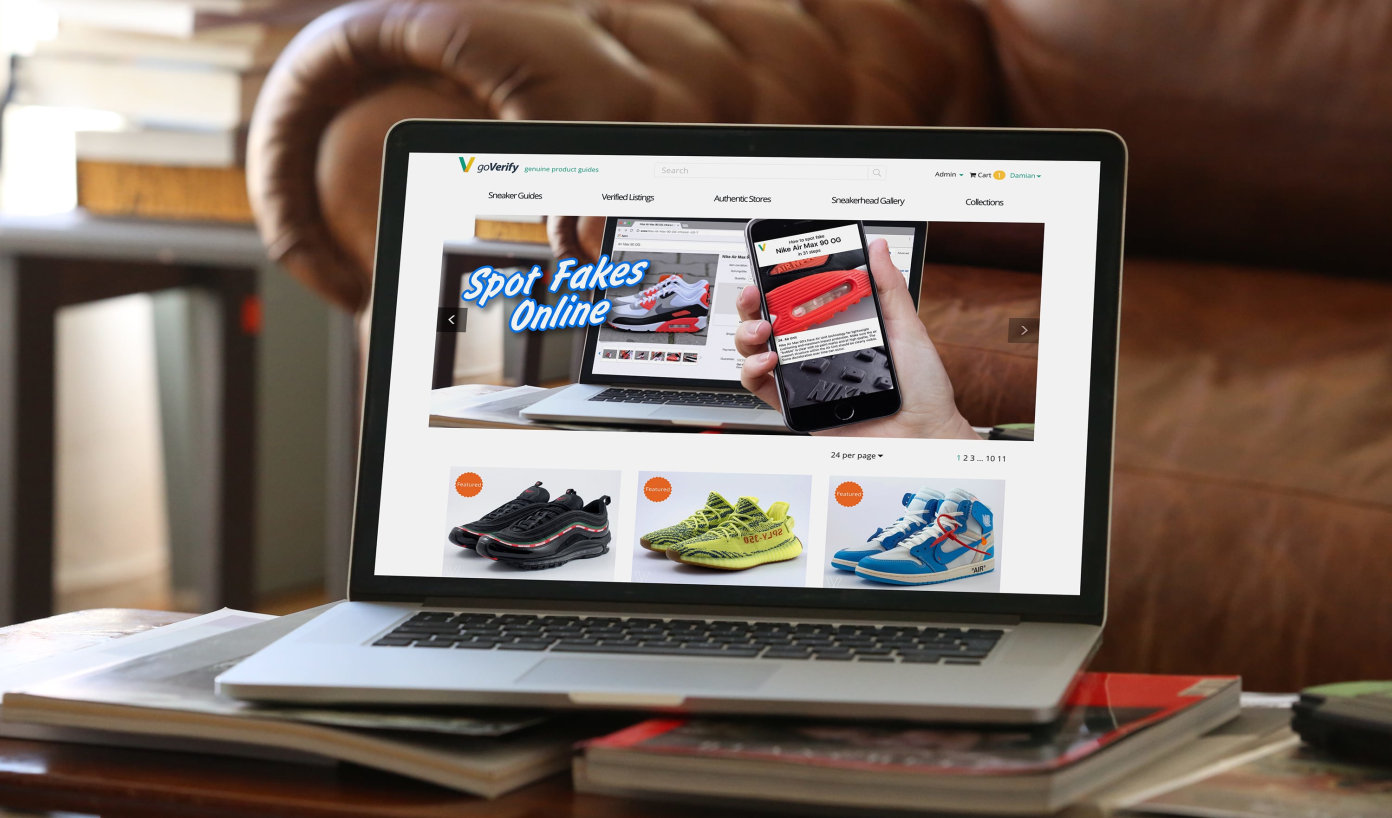
We had the honour of talking to Damian Carte, the co-founder of goVerify, about the counterfeit industry and his line of work. Damian's business is based in Oregan, USA (the home of Nike), but also has team members deployed in SA and around the world. goVerify offers in-depth guides to consumers to determine if a specific shoe is legit or not - an invaluable asset in this exploding secondary sneaker market. They aren't limited to just sneakers though. goVerify specialises in identifying counterfeit watches, handbags, collectable cards like Pokemon and so much more. As Damian says, "If it's popular, it's being faked."
Check out the interview with Damian below where we discuss some red flags to look out for when copping, as well as other interesting aspects of the fake sneaker world.
What are the biggest red flags to look out for when buying fake sneakers?
When buying sneakers, especially from resellers (or online), we would suggest buyers look out for these red flags:
1. Inside label detail: check that the product details on the labels inside the shoe match the details on the box label.
2. Packaging: check that the shoes come with all the correct packaging, including any swing tags, paper wrapping, etc.
3. Sock liner and insole: pull out the sock liner (sometimes referred to as the insole), and check the insole under the sock liner, very often poor manufacturing can be identified under the sock liner.
4. Price: this one is less reliable than you may think. There’s truth to the saying “If it seems too good to be true, it probably is.” In our experience price can be an obvious giveaway, for example, a pair of hyped shoes being sold for way less than the resell price but in many instances, price is not a great indicator of authenticity for lower-end products, as replica sellers will sell for the same price as originals.
5. Release timing: this is a big one. Anything being sold before the release date is a red flag. It is possible to get early releases, but these will be announced and the market will be aware of their existence. Very often we see products being offered for sale before they’ve been released, but with no early release press: a definite red flag.
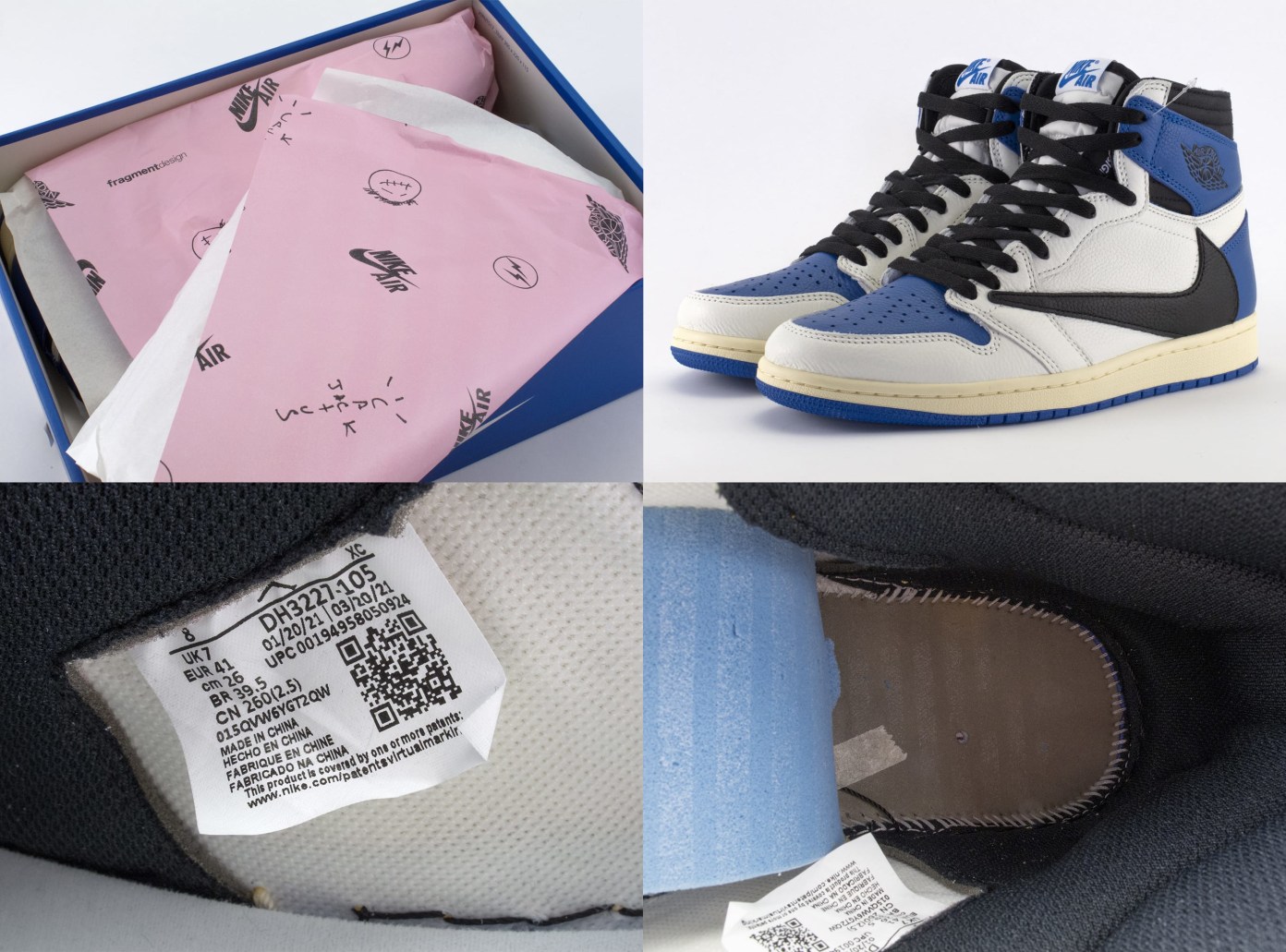
When you have sneakers in hand, what should you check first?
1, 2 and 3 above.

Which sneakers are most frequently counterfeited?
adidas (Yeezy 350, Yeezy Slide, NMD, Superstar) Nike (Air Jordan 1, Air Force 1, Vapormax, Dunk, Sacai Waffle) Nike Off-White! (Air Force 1, Vapormax, Jordan 1, Jordan 4) Nike (all Travis Scott collaborations) Gucci (Ace) Vans (Old Skool) Converse (Chuck Taylor) Balenciaga (Triple S, Speed Trainer) Alexander McQueen (Oversized)

Is it true that some replicas can be identical to the real deal?
There is little chance a replica will ever be identical, the main reason being the inside labels will not have the correct serial numbers as per the brand's numbering system. (Most major bands now use serial numbers on the inside labels). It is possible a replica can appear very similar to the original, but at the end of the day if the item was not acquired through approved brand channels, no matter how much you say it is identical, you would not be able to get any brand to agree, which means reselling the item and claiming it is identical will be tough. We have seen many high-quality replicas.
Once you have the sneakers in your hands it's much easier to see they are not real; often it is something like the way the shoe bends or folds when you twist it in your hands that tells you immediately it has not been manufactured using the same high tech materials. We do, however, see many high-quality replicas.
How does goVerify help with the fake issue in sneaker culture?
We offer two core products, one for consumers and one for businesses. For consumers, we provide detailed guides with high-quality, close-up photos that teach you how to spot fakes. For businesses, we clean up online marketplaces by removing fake listings before they hit the market.

What should you do if you spot a fake?
If you are on an online marketplace there is usually a report button on the listing, we'd suggest reporting the fake. If you think you have spotted a fake in a store we suggest you do research first and make 100% sure you are certain it's a fake, oftentimes there are manufacturing oddities that result in a sneaker looking different to what you have found online but it is still genuine.
If you believe the sneaker is fake, let the store staff know, sometimes fakes infiltrate their stock without them knowing, it's even happened to big-name chain stores. Report it on goVerify's site here for the team to take a look too.
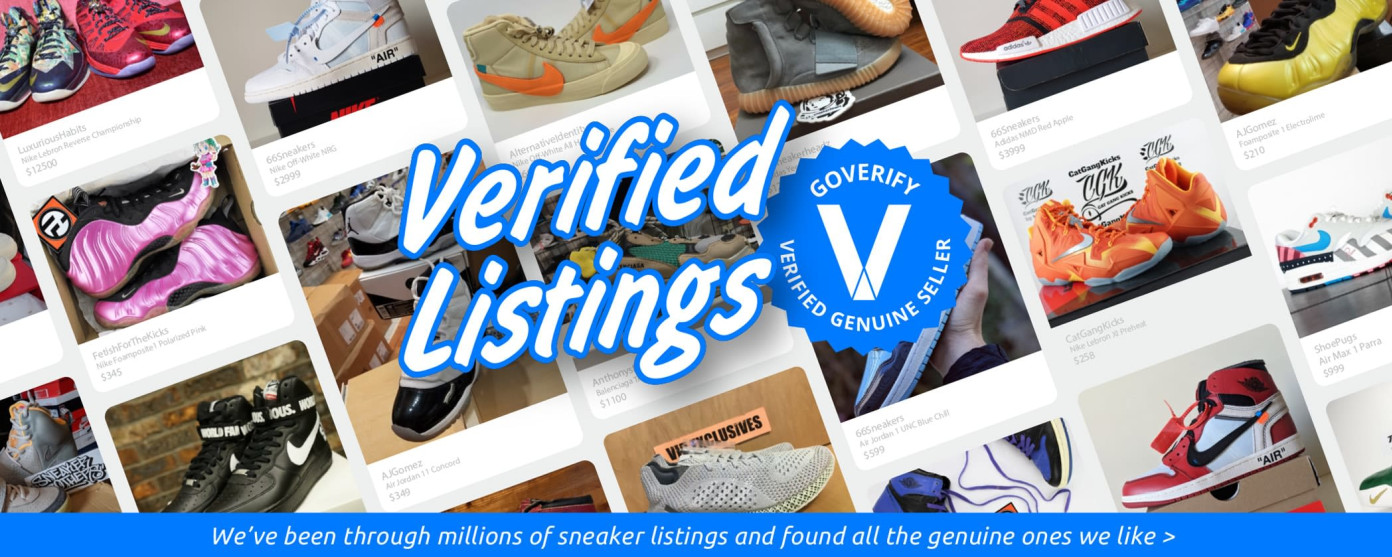
Anything you'd like to add?
Yes! If any brand produces a successful product it is almost certainly being counterfeited, from car parts and toys, sneakers and baby food to weapons and pharmaceuticals. The counterfeiting business is booming as online marketplaces grow. Do not kid yourself: sneakers, watches and handbags are the tip of the iceberg and not even close to the category with the biggest problem. There are some online marketplaces with very good reputations that are full of fakes. Be careful, read reviews, do some online research. A simple Google search like "Are there fake (insert brand+product)?" will often lead to websites full of info on fakes in that category.
You will almost always be safe when shopping from brand-approved sellers, but sometimes we need to shop outside the safe zone to get better deals or products no longer in stock: that is where the fun begins. Everyone gets caught out - even we do. It's not easy to catch good quality fakes, so don't be embarrassed if you do get caught out. Try shrug it off as a lesson learned (unless it was a pair of Air Diors! Then you can be mad).

Check out goVerify right now for detailed, professional guides on what a real pair should look like. And stay tuned for more that we have planned with goVerify.
